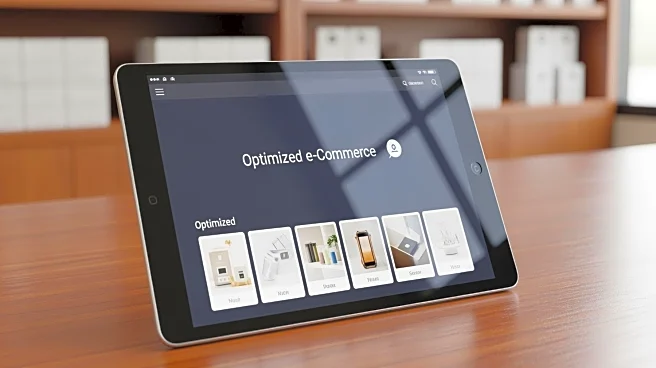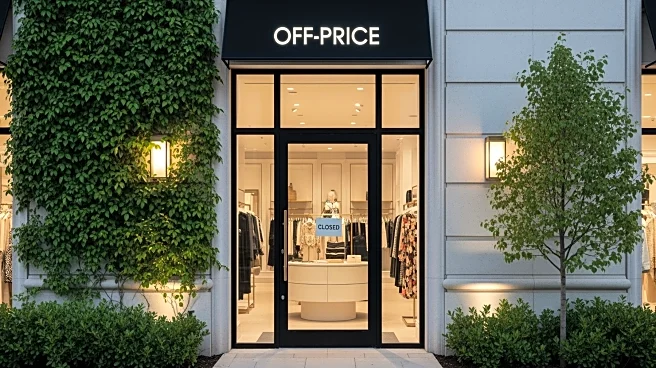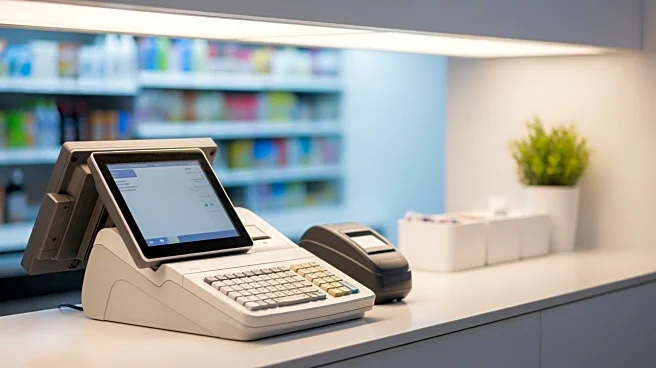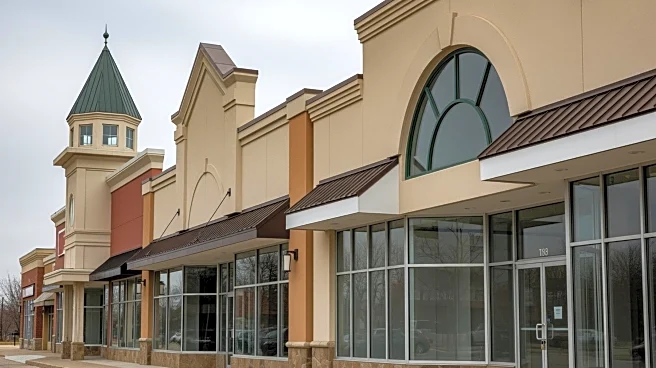What's Happening?
Target is addressing customer dissatisfaction with its in-store experience by altering its e-commerce fulfillment strategy. The retailer has faced complaints about disorganized aisles, lengthy checkout
lines, and products being locked up, which have tarnished its reputation as a model for big-box stores. To improve the situation, Target plans to limit the number of stores that handle online order fulfillment. This change aims to allow store employees to concentrate more on enhancing the in-store shopping experience, rather than being bogged down by e-commerce logistics. The move is part of a broader effort to regain customer trust and improve operational efficiency.
Why It's Important?
The shift in Target's strategy is significant for the retail industry, as it highlights the challenges faced by brick-and-mortar stores in balancing physical and online operations. By focusing on improving the in-store experience, Target aims to differentiate itself from competitors who may prioritize online sales. This decision could impact Target's sales and customer loyalty, as a better in-store experience might attract more foot traffic and increase sales. Additionally, the move could influence other retailers to reassess their strategies in managing e-commerce and physical store operations, potentially leading to industry-wide changes.
What's Next?
Target's new strategy will likely be closely monitored by industry analysts and competitors to gauge its effectiveness. If successful, other retailers might adopt similar approaches to improve their in-store experiences. Target's management will need to ensure that the transition does not disrupt current operations and that employees are adequately trained to handle the new focus. Customer feedback will be crucial in assessing the success of these changes, and Target may need to make further adjustments based on shopper responses.
Beyond the Headlines
This development raises questions about the future of retail in an increasingly digital world. As e-commerce continues to grow, retailers must find ways to integrate online and offline experiences seamlessly. Target's approach could set a precedent for how traditional retailers adapt to changing consumer expectations, emphasizing the importance of maintaining a strong physical presence alongside digital capabilities.











